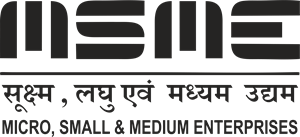Edge computing vs Cloud computing:
Edge computing is a distributed computing concept that moves computation and storage closer to the data sources. This should reduce response times and save bandwidth. An edge is a computer located at the network’s edge, as well as the hardware and software that resides there.
This is where edge computing comes into play. Edge computing, as opposed to cloud computing, brings compute, storage, and networking closer to the data source, dramatically lowering the trip time and latency.
Cloud computing refers to the on-demand availability of computer system resources, particularly data storage (cloud storage) and computational power, without the need for the user to actively manage them.
Functions in large clouds are frequently dispersed across numerous locations, each of which is a data centre. This entails storing, processing, calculating, and analysing large amounts of data on remote servers or data centres.
It also refers to “the supply of many Internet-based services, such as data storage, servers, databases, networking, and software.” As the scope of this article, we will be focusing on edge computing architecture and its applications. Edge computing and cloud computing are not mutually exclusive. For use cases like autonomous vehicles, we will almost certainly require both.
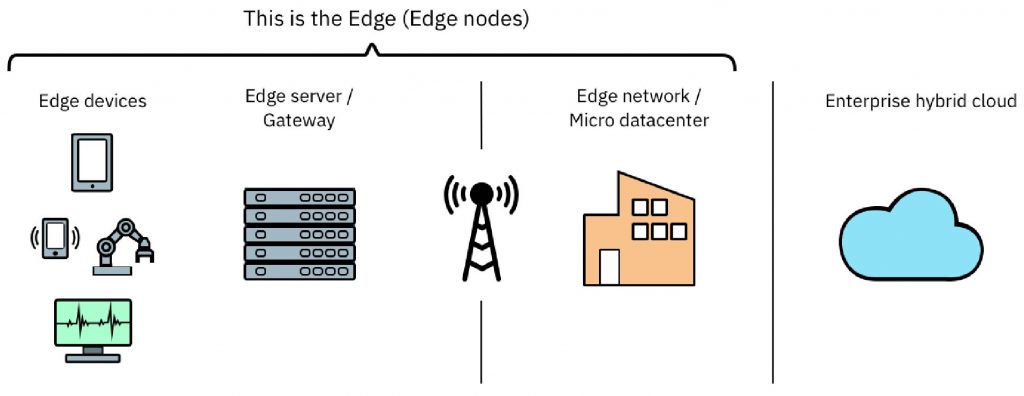
Concept of Edge Computing
The proliferation of IoT devices at the network’s edge is generating large amounts of data, and storing and processing that data in cloud data centres is straining network bandwidth. IDC has produced a report on the ever-expanding datasphere, which it refers to as the collective world’s data.
According to the analysis, the aggregate amount of the world’s data will grow from 33 zettabytes this year to 175 zettabytes by 2025, representing a compounded annual growth rate of 61%. Despite advancements in network technology, data centres are unable to ensure adequate transfer rates and reaction times, which are frequently a necessity for many applications. “By 2025, 45 percent of IoT-created data will be stored, processed, analysed, and acted upon close to or at the edge of the network,” says Deloitte’s Technology Officer Robert Schmid.
Edge computing aims to shift computation from data centres to the network’s edge, utilising smart objects, mobile phones, and network gateways to execute tasks and deliver services on behalf of the cloud.
Edge devices can contribute to a cloud if the storage and processing capabilities supplied by those devices at network endpoints are abstracted, pooled, and shared over a network, effectively transforming them into part of a bigger cloud infrastructure. Edge computing (action) is not the same as an edge (location).
Data collection at the network’s edge and transport to the cloud with minimum (if any) change is not edge computing; it’s networking. The key benefits of edge computing are described below.
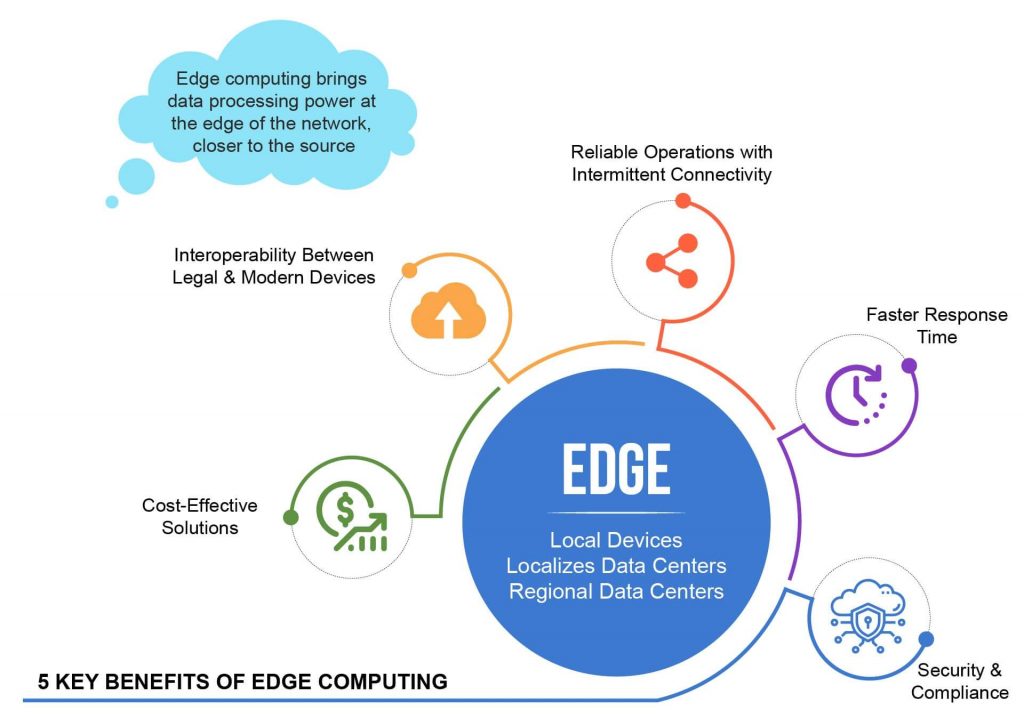
#1. Privacy and Security:
Meanwhile, rising demand for innovative services and applications such as virtual reality, augmented reality, and smart city infrastructure has posed significant difficulties to cloud computing. Edge computing is a novel computing paradigm in which computation and storage resources are moved closer to the data source.
Because data may be processed at the nearest edge, it enables a new class of latency and bandwidth-sensitive applications. Edge computing improves security and privacy by not transferring data to the cloud. Data may flow between multiple distributed nodes connected via the Internet in edge computing, necessitating the need for specific encryption algorithms that are not dependent on the cloud. Edge nodes may be resource-constrained devices, restricting the security options available.
#2. Reliability:
Edge computing decreases the quantity of data travelling to and from the primary network by processing data closer to the source and prioritising traffic, resulting in lower latency and quicker overall speed. Physical distance is also important for performance.
It’s critical to manage failovers if you want to keep a service running. Users should be able to use a service without interruptions if a single node goes down and is unreachable. Furthermore, edge computing systems must enable steps to recover from failures and notify users of the occurrence.
Customers want quick access to their information and apps wherever, at any time, thus these edge networks provide a speedier, more seamless experience for them.
#3. Speed:
The ability of edge computing to improve network performance by reducing latency is its most significant benefit. The information collected by IoT edge computing devices does not have to travel nearly as far as it would in a standard cloud architecture because the data is processed locally or in nearby edge data centres.
Because some applications require quick responses, edge computing is a far more viable alternative than cloud computing. Edge computing is more likely to replicate human perception speed, which is useful in applications like augmented reality, where the headset should detect who a person is at the same time as the wearer.
#4. Scalability:
As described in one of the journals Edge Computing: Vision and Challenges, In a distributed network, scalability must deal with a variety of difficulties. First, it must consider the heterogeneity of the devices, which have varying performance and energy limits, as well as the highly dynamic nature of the environment and the reliability of the connections, as opposed to the more robust architecture of cloud data centres.
Furthermore, security constraints may cause additional latency in node communication, slowing down the scaling process. Edge computing provides a much more cost-effective path to scalability, allowing businesses to grow their processing capacity by combining IoT devices and edge data centres.
#5. Efficiency:
Advanced analytical tools and Artificial Intelligence tools can run on the system’s edge due to the close proximity of analytical resources to end-users. The journal The Emergence of Edge Computing describes and puts emphasis on this as edge location aids operational efficiency and contributes to the system’s various benefits.
Edge computing as a bridge between client devices and the internet saves time and money, as seen in the following example: A client device necessitates the use of external servers to execute computationally expensive video processing. The video files only need to be transferred within the local network because the computations are performed by servers on a local edge network. By avoiding internet transmission, you can save a lot of bandwidth and boost your efficiency.
Applications: Edge computing vs Cloud computing
Edge computing is used in a variety of industries. It gathers, processes, filters, and analyses data near or at the network edge. Computing tasks necessitate appropriate designs, and an architecture that is appropriate for one type of computing activity may not be appropriate for all sorts of computing tasks.
Edge computing has developed as a feasible and important architecture for distributed computing, allowing computation and storage resources to be deployed closer to the data source, ideally in the same physical area. Edge computing is a distributed, open AI architecture that enables mobile computing and Internet of Things (IoT) technologies by providing dispersed processing capacity.
This minimises latency and bandwidth utilisation by reducing the need for long-distance connections between client and server. In the following domains, some of its uses stand out:
#1. Autonomous Vehicles:
One of the earliest applications for autonomous cars will most likely be convoys or autonomous vehicles. A convoy of cars follows closely behind one another, saving fuel and reducing traffic congestion.
When a pedestrian crosses in front of an autonomous vehicle (AV), the choice to stop must be made quickly. It is not fair to rely on a remote server to make this judgment. Connecting autonomous vehicles to the edge can increase safety, efficiency, reduce accidents, and cut traffic congestion. Dell Technologies proposed a three-tier structure for the computer business in 2017, splitting it into “core,” “cloud,” and “edge.”
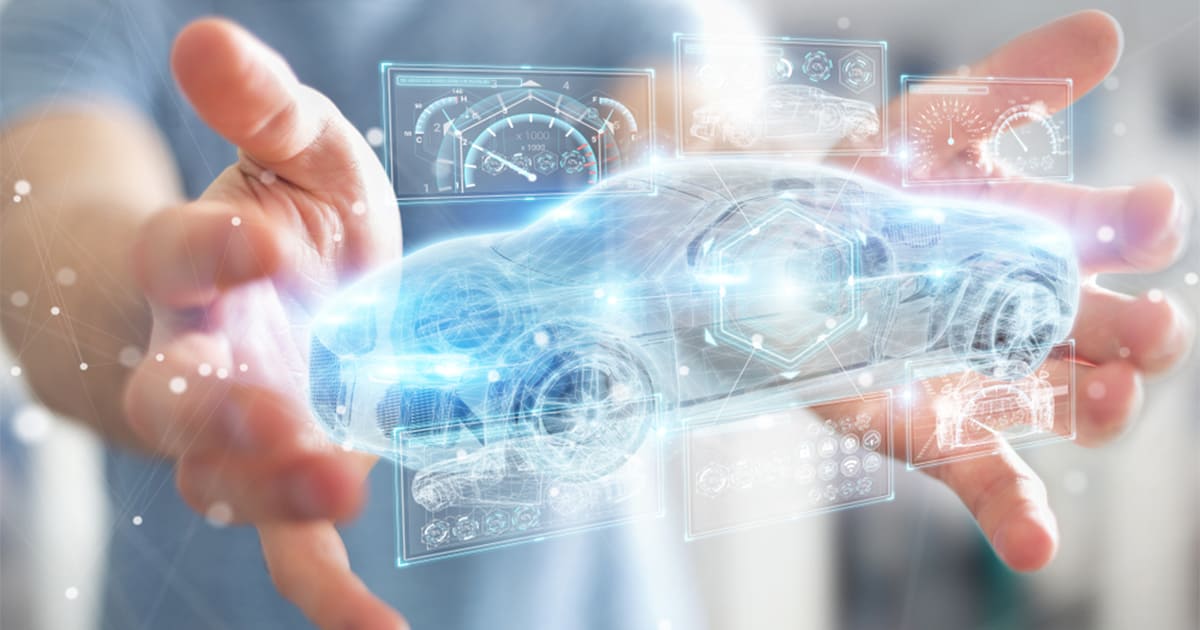
#2. Oil and Gas Industry:
Oil and gas plants are frequently located in remote locations. Edge computing allows for real-time analytics to be performed considerably closer to the asset, reducing the requirement for high-quality connectivity to a centralised cloud At remote locations, advanced machinery driven by IoT sensors is deployed to protect key machinery and systems from calamity.
A single drilling rig can produce over a terabyte of data every day, according to a Cisco paper on Data Analytics in the Oil and Gas Industry, but only around 1% of that data is ever processed and used for decision-making.

#3. Healthcare and Security Solutions:
Edge computing devices installed on the network identify and flag anomalous behaviour in real-time, allowing for immediate countermeasures and acting as a security surveillance system. Patients can use health monitors and other wearable healthcare equipment to keep track of chronic diseases.
In order to assist safely, swiftly, and precisely, robots and AI assisting in surgery must be able to quickly interpret data. The consequences could be disastrous if these gadgets rely on relaying data to the cloud before making choices.
Edge computing can help firms monitor workplace conditions by combining and analysing data from on-site cameras, employee safety devices, and many other sensors. Intel® QuickAssist Technology (Intel® QAT) is a performance-enhancing technology that can be used on edge or cloud servers.
Intel QAT2 was created to speed up compute-intensive operations by allowing compression and decompression of medical images, such as MRIs and CT scans, as well as video, such as surgical recordings.

#4. Smart Cities and Homes:
To function and carry out massive data processing and operations on a regular basis, smart cities will require edge computing technologies. Edge computing devices collect data in order to perform basic processing tasks, which are at the heart of smart city development.
Backhaul and roundtrip time are decreased, and sensitive data may be processed at the edge, thanks to edge computing and putting processing and storage closer to the smart home. Bosch IoT Suite is a fully integrated solution that places custom logic where it’s needed most: on the device or on decentralised edge nodes.

#5. Cloud Gaming:
If servers are housed in centralised cloud data centres hundreds of miles or more away from the end-user, input latency and visual lag can have a significant and detrimental influence on the gamer’s experience, especially for new cloud gaming platforms.
Many online gaming experiences, particularly multiplayer games, are very participatory in nature. Multiplayer gaming necessitates real-time reaction rates, which the cloud cannot supply on its own due to the geographical location of cloud data centres, despite its many benefits.
To reduce latency and provide a responsive and immersive gaming experience, cloud gaming businesses use edge computing technology to create edge servers close to gamers. Stadia, Google’s cloud gaming platform, is compatible with a variety of game engines, including Unreal and Unity.
Stadia, like Microsoft’s xCloud, aims to make the relationship between game producers and end-users more fluid by providing a suite of tools to improve the gaming community and experience from content creation through distribution.
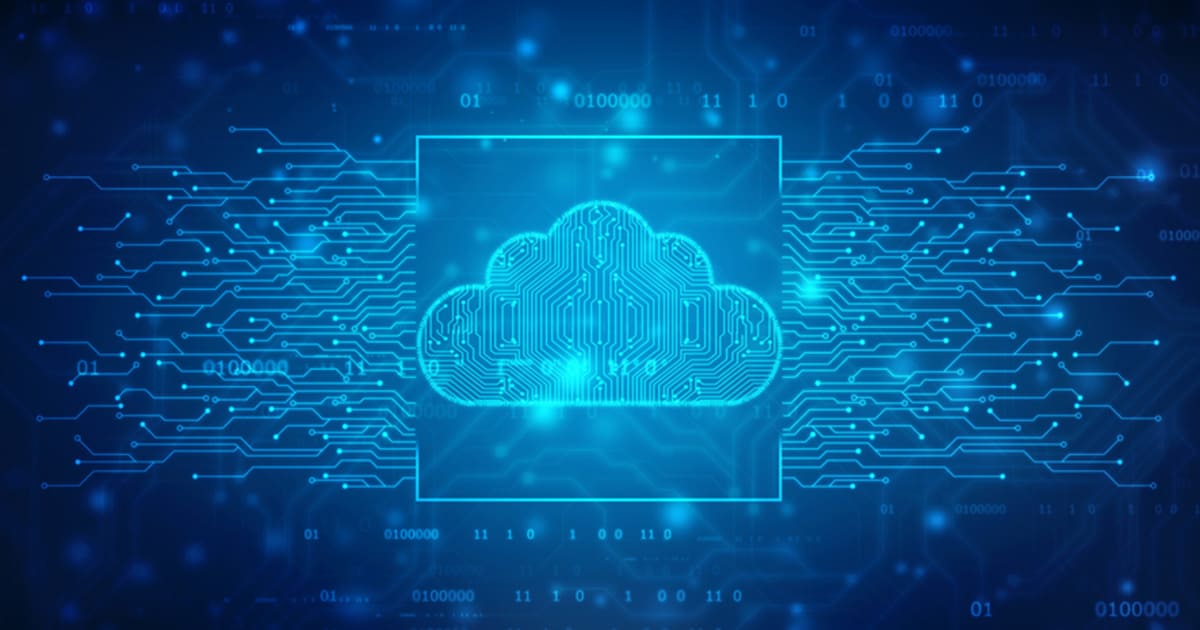
Apart from these, edge computing supports and enhances the efficiency of the systems and provides a way for developers and organisations to build smart and faster devices. These are just a handful of the many applications that edge computing makes possible in a variety of sectors.
Edge computing is a simple concept that appears simple on paper, but building a cohesive strategy and putting it into practice at the edge can be a challenging task. It is being widely adopted in various sectors and operations. Edge computing enables industrial machines to make judgments without the need for human interaction. The decentralised design aids in the reduction of both time and costs.
Banks can open regular and white-label branches with the help of computer vision and edge analytics. This makes it easier to supply financial banking goods and services to customers all around the world.
Targeted marketing and information for retail businesses are dependent on essential factors specified on field devices, such as demographic data. Edge computing can assist in securing user privacy in this scenario.
One of the most effective ways to optimise traffic management systems is to improve real-time data. Edge computing technologies are widely used in intelligent transportation networks, particularly for traffic control operations.
Edge video orchestration makes use of edge computing capabilities to carry out a highly optimised delivery procedure for the widely used but bandwidth-intensive resource. In the next few years, 5G edge computers will resolve this problem.
With experience designing many important, faster, and efficient systems, we offer solutions on both Edge and Cloud platforms. The team has the vision and know-how to break into the market for edge and cloud-based apps.
The AES Encryption app for the edge platform, one of our recent developments, has been launched and is available. We are your one-stop-shop for all of your embedded design and development needs. We specialise in real-time FPGA-software heterogeneous systems with great performance. I will bring you the concepts and ideas of cloud computing in my next blog. Until then stay hydrated and be happy folks!


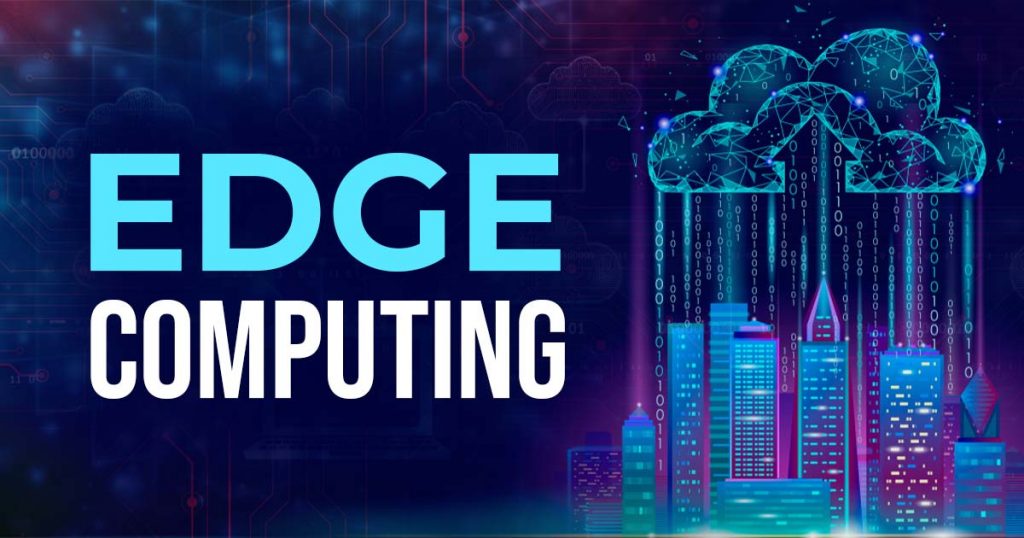
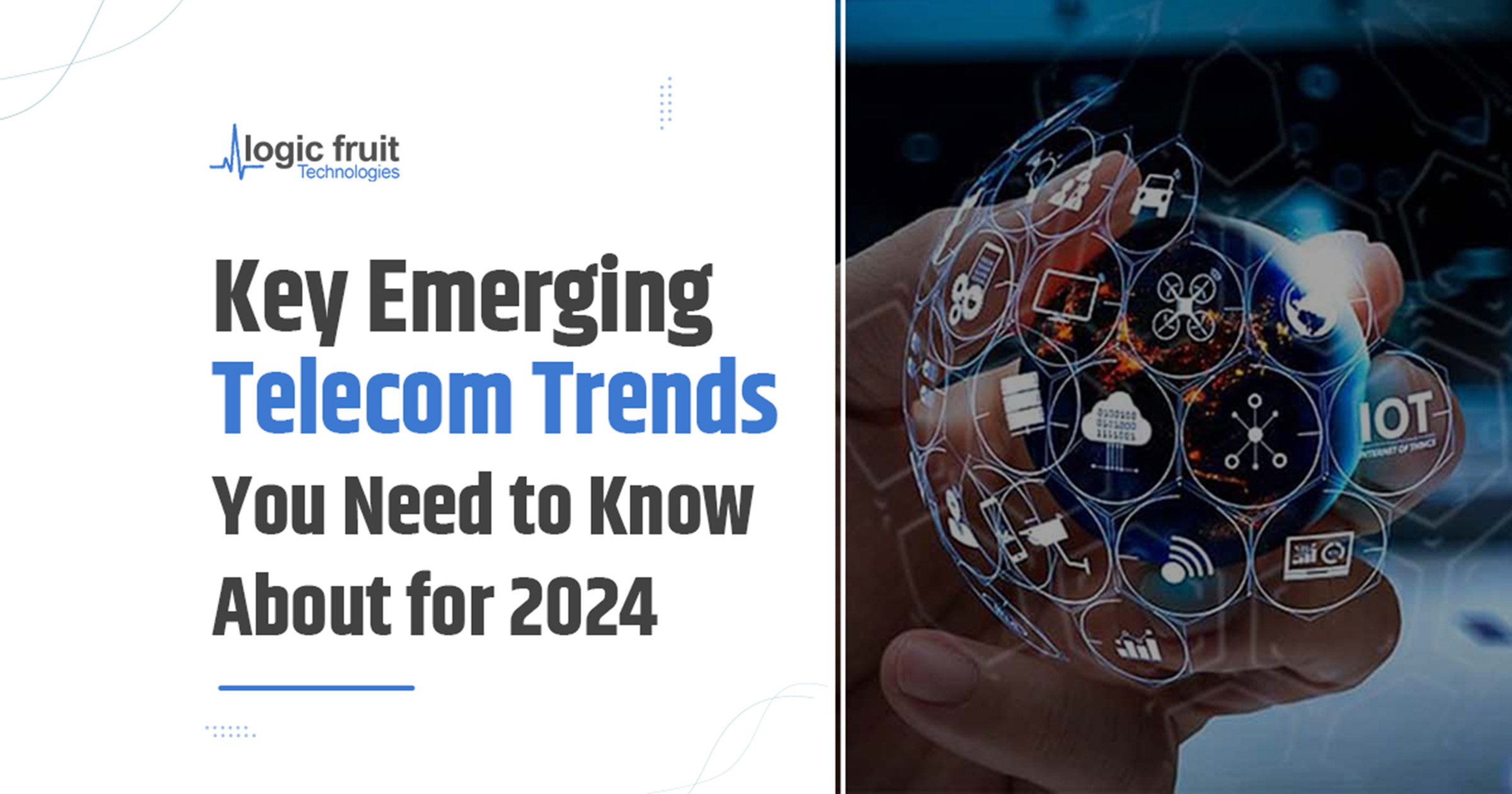

![Advanced Driver Assistance System [ADAS] Everything You Needs to Know](https://www.logic-fruit.com/wp-content/uploads/2022/10/Advanced-driver-assistance-systems-Thumbnail.jpg)




